An alternate origin story for our celestial sidekick.
A couple weeks ago, I was awake at 4:30 AM with 6-month-old Stanley during the time of the “Blood Moon” eclipse. From the upstairs window, I was able to catch the last bit of the Earth’s shadow passing over the moon. Visually it wasn’t exactly stunning, but I appreciated the reminder that we’re here and we cast a shadow in the universe.
Probably because it was so ridiculously early, I started to wonder what other effects the Earth’s shadow might have on things out there. For instance, if you were some kind of particle floating near Earth, the shadow might be a nice spot to cool down and find shelter from the solar wind.
And maybe long ago, when the solar system was young and less dense, the stray gases and debris that managed to escape the Earth’s atmosphere, gathered together in the shadow to form a nice, comet-like tail. (Seems possible, since apparently the Earth has a vestigial tail even now.)
Maybe so many particles tried to squeeze into this shadow-tail over time, that they melded together and formed enough mass to assert some serious gravity, inviting more and more matter to join the party. Once things really got raging, this heated particle storm could’ve grown to the point that the charged breeze from the sun could no longer confine it to the shadow. Unable to resist the centripetal allure of the sun, but not wild enough to stray too far from mother Earth, it would’ve spun off into its own orbit. As this fiery attraction collided with more and more debris, it could’ve boiled over, then congealed and cooled to become the silver rock of inspiration we know and love today.
As I paced back and forth in the hall, trying find the exact patting rhythm that might possibly nudge Stan back to sleep, I tried to figure out if a moon could get ever started just by collecting a small amount of space debris in one place for a few billion years. I can get a pretty big dust-bunny under my dresser in only a week when the ceiling fan is on during the summer. If that dust-bunny managed to increase its diameter by only 1 mm every week, I could have a 1/2 cm dust bunny by the end of the year. But If it started accumulating at the same rate, back when the Earth started forming, some 4 billion years ago, it would now be 200,000 km wide or almost twice as big as Saturn!
But it’s really mass, not size that would have to increase to become a moon. To delve further into that question, I dimmed the brightness on my iPhone and began entering odd sentences into Wolfram/Alpha. “Mass of the Moon divided by Age of the Moon in kilograms” told me you’d need 16.2 trillion kg for every year of development or 514,600 kg/second – which, in our dust-bunny analogy would be like a dust-bunny volcano.
Well… according to pictures like this one, the Earth was crazy with volcanos back in the day. How much stuff could a volcano really produce?
I looked up the first volcano I could think of and discovered that Mt. Vesuvius spewed out 1.3 million kg of rock every second when it buried Pompeii back in 79 AD. That was a huge amount of stuff. Of course not much of that went into space. But then again, when the Earth was still forming, it wasn’t as massive, so it had less gravity so more volcanic debris could’ve escaped into space. Plus there was no atmosphere to hold it in. And besides that, wasn’t there enough free-floating debris and gas to form the solar system? Why wasn’t the moon entitled to some of that? And even if the moon was formed by a giant collision with a Mars-sized object, as the current hypothesis suggests, wouldn’t the Earth’s shadow have been a nice place to get things started?
By the time I had this matter of mass and volcanos worked out to my satisfaction, Stan had drifted back to sleep, and the birds were beginning to chirp. I was now wide awake, stuck with a time-lapse animation running through my head showing the Moon materializing from a comet-like tail in the shadow of the Earth.
I pictured the sun acting as a sort of sand-blaster with the Earth as a stencil protecting the debris in it’s tail from annihilation. Something about this picture got me thinking about another eclipse-related question that has always bothered me: Why are the size of the sun and moon so closely matched when observed from Earth – to the point that they line up almost perfectly during a solar eclipse? It’s always felt like one of those coincidences that’s just too coincidental. With the sun’s rays implicated in the formation of the moon, could this origin story help to explain this peculiarity? Whether or not the trigonometry works out is a question for those who actually know how to do trigonometry.
I found myself facing the day, convinced, despite no serious evidence, that the significance of the Earth’s shadow has been overlooked. I don’t really know the particulars of the particles that were around during the early days of the solar system, or the ones that make up the Moon today (or the Earth, for that matter) and I’m no expert on the solar wind, but there’s a certain elegance to the story that feels compelling.
Having pushed the limits of “soft science” I decided the best course of action would be to create a quick visualization of the concept (see the video at the top of this post) and get it into the minds of people who think about this stuff on a regular basis.
So how ’bout it science? Can we get an accurate particle simulation that takes the Earth’s shadow and the solar wind into account? Can we give the particles some realistic gravitational properties, and plot some orbital trajectories? Can we speed it up over 4.5 billion years and see if we end up with a big rock ball that perfectly blocks out the sun during an eclipse? That would be cool. Please be so kind as to let me know if you pursue the question and be sure to spell my name right in all your papers and press-releases!
And if you don’t have the computing power, or academic credentials for such a thing, that’s ok too. Maybe just think about it at 4:30 in the morning and post your thoughts or relevant links in the comments.

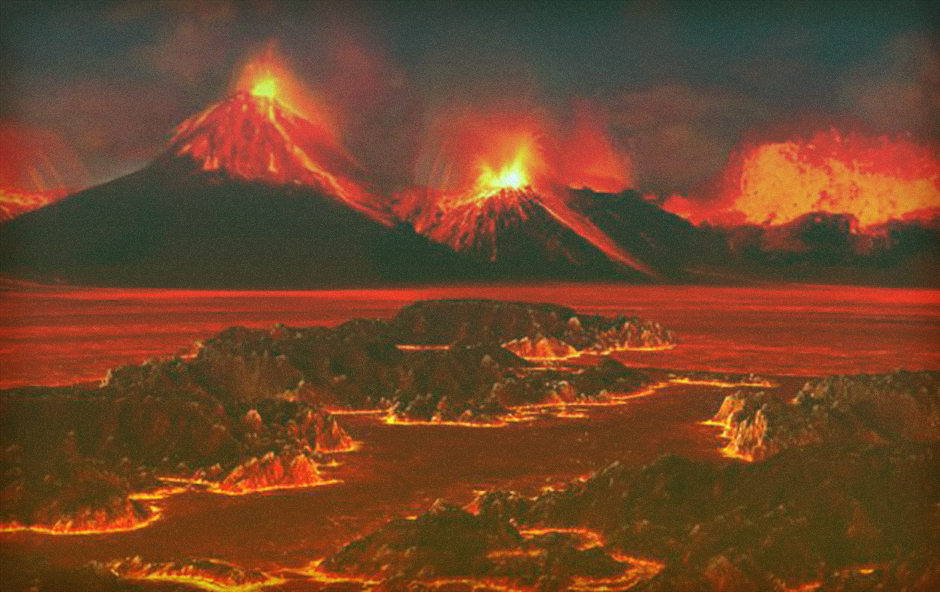
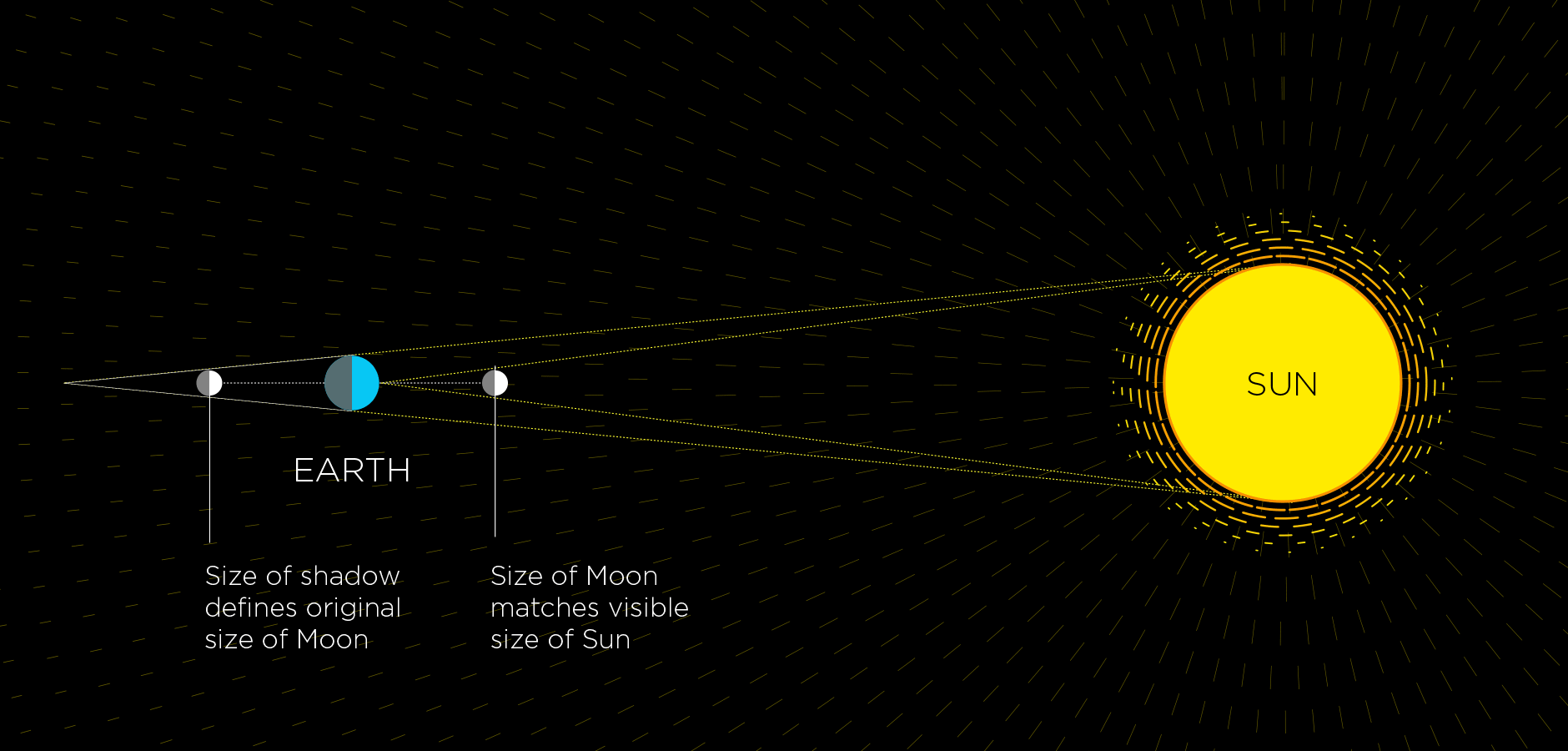
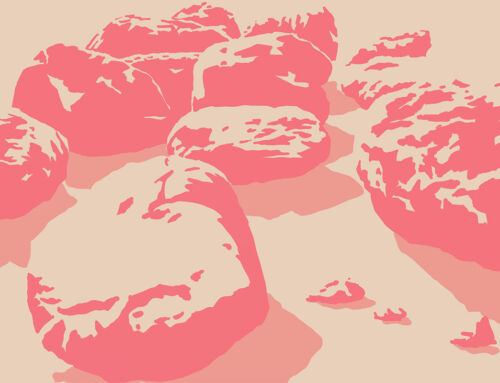


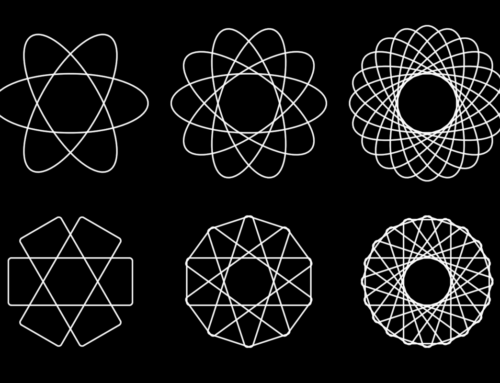
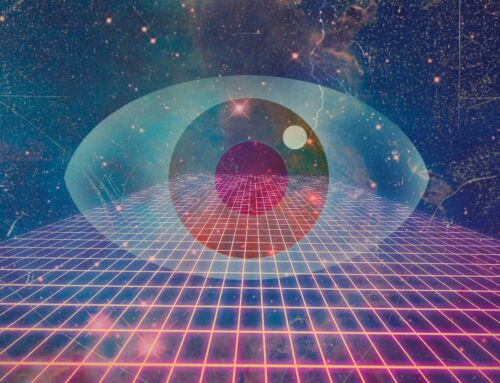


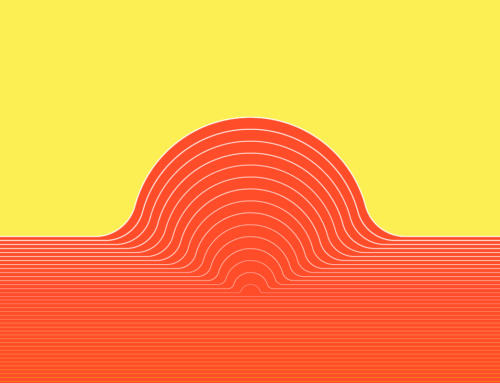


Hi Josh. Funnily enough, I’ve been awake for the past 2 hours (UK time) putting my little one back to sleep whilst browsing the web. Randomly came across your pixel solar system model which is awesome (I will be showing that to my 5 year old). Anyway, great hypothesis on the Earth’s shadow involvement in moon formation. Makes absolute sense! Hopefully someone proves/disproves it for you! I have a very clever friend at Space X, she may be interested in pondering this. Will ping her the link.
Thanks for reading. I’ll be curious what your clever friend has to say.
Sleepless dads of the world unite!
No. Particles from the sun ejected as solar wind are protons and electrons. According to wikipedia, the Sun loses a billion kilograms of mass per second, which means that you would need 150 million years for Sun to eject plasma equal to Earth’s mass. Since we’re talking about the whole spherical surface of the Sun and Earth’s shadow is nothing but a tiny fraction, you can calculate that there has not been enough time for this mass to accumulate.
Furthermore, alpha and beta particles could form hydrogen if they cool down. But heavier elements like Silicon or Titanium, of which the Moon is composed of, can not be produced with atomic fusion inside the Sun. And even if they could, they could not reach the velocity required to escape Sun’s gravity.
Also, how a moving particle would be trapped in the Earth’s shadow and then stop moving? How it would not interact with Earth’s magnetic field? As you can see, there are too many factors there that prevent those particles from remaining in the Earth’s shadow forever.
For a body to escape Earth’s gravity, it needs a velocity of 11.2Km/s. This is too much. I don’t know the actual energy required for such a volcanic eruption, but I don’t think a supermassive volcano could release it.
Thanks for the thoughtful response!
But this idea isn’t saying the moon formed from the mass/energy of the solar wind itself, just that the solar wind played a part in getting other dust and debris into the same place, the way it does with a comet’s tail.
I do agree that all the matter in the moon probably didn’t come from a single volcanic eruption.
Sorry to also be shooting holes in your hypothesis as the first reply, but here are a few problems as well:
Wherever the matter came from, physics wouldn’t allow matter to be trapped in the Earth’s shadow to stay there and accumulate. Whatever force would stop it there would continue to act on it. If for instance it is Earth gravity, the matter would fall towards the Earth. You need the matter to orbit the Earth to have it at some distance from it. This leads to another problem; conservation of momentum. If an object is formed in Earth’s shadow there would be no reason for it to start an orbit other than a force acting upon it. If the Moon stopped its orbit in the shadow now, gravity would cause it to crash into Earth. Your overall hypothesis is no way near viable. Again sorry, I don’t wan’t to discourage You from putting down thoughts like these. It is an interesting read nevertheless.
About the shadow having any significance, I’d also say that the probability is slim. Matter in orbit would around the Earth would be subject to very slightly less solar winds that matter orbiting the sun at the same distance.
Thanks for taking the time to entertain the idea, Niels.
On the matter of how something might go from a heliocentric to a geocentric orbit, isn’t that basically what would happen as the collected matter “falls back to earth?”
Besides that though, I have to agree with you on the more important point – how could the relatively weak solar wind keep anything with its own momentum in the shadow long enough to form anything substantial? Darn you, physics!
Then again, if you picture very light, gaseous particles swirling in orbit around an early, gaseous Earth, wouldn’t even a slight non-uniformity in the forces acting on those particles have some effect? I still think there’s something in the shadow worth exploring, maybe not on the level of individual particles, as you politely pointed out, but perhaps in how it might affect the overall pattern of the dynamic system that resulted in the moon.
I’m not sure precisely what you mean, but if you are looking for a heliocentric object in Earths vicinity it would have to be at a LaGrange point (L2 if you are going for the shadow side). A slight push could send it in orbit around Earth, but it would be very eccentric and the starting point (L2) is 1.5 million kilometers out.
Any non-uniformity can be aiding the nucleation of an accretion disc, but particles in orbit will have an equal time in the shadow, so I’m still not sure that the shadow would make a difference here.
I looked up LaGrange points to see what you were referring to and yes – the L2 point is basically what I was picturing as the point at which matter might collect. (Nice to know it even has a name) But you’re right, it’s quite a bit further than the moon’s current position. It is (coincidentally?) roughly the same distance as the length of Earth’s umbra (1.4 million km). http://en.wikipedia.org/wiki/Umbra,_penumbra_and_antumbra
What do you make of that?
Having just been fascinated by your moon pixel scale map of the solar system. I think this theory you have of the moon, earth and sun is intriguing and have too thought given the size difference of the three objects being able to eclipse each other surreally convenient. This could be the beginning of an amazing discovery. Any news do update!
For this “shadow dweller” to be sheltered from the solar wind by the Earth’s shadow, it would have to rotate about the earth with the same period as the earth’s rotation about the sun. Otherwise, if the shadow stayed in the same place relative to the earth, as the earth traveled around the sun,its shadow would rotate away from its original position.
For that dust bunny to be tidally locked to the sun like that, I think it could not also remain in a similar orbit to the earth’s. Just my amateur astronomer position.
Interesting and thought provoking…
Then why don’t more moons form according to this process? I mean why did it stop forming after one is formed.
No.
The Moon used to be a lot closer to the Earth. Seen from Earth, it was huge. Total Solar eclipses then lasted a lot longer. But, But, tidal forces slowly push the Moon away. Millions of years from now, a total Solar eclipse won’t happen at all. Solar eclipses will be partial and annular.
It’s a coincidence that humans appeared on the Earth when, as seen from the Earth, the Lunar and Solar disks are nearly the same size.